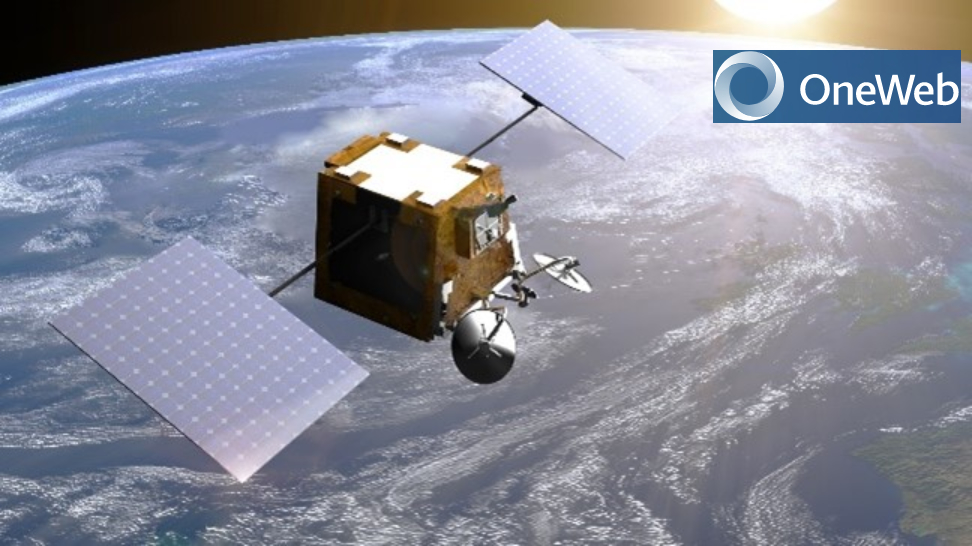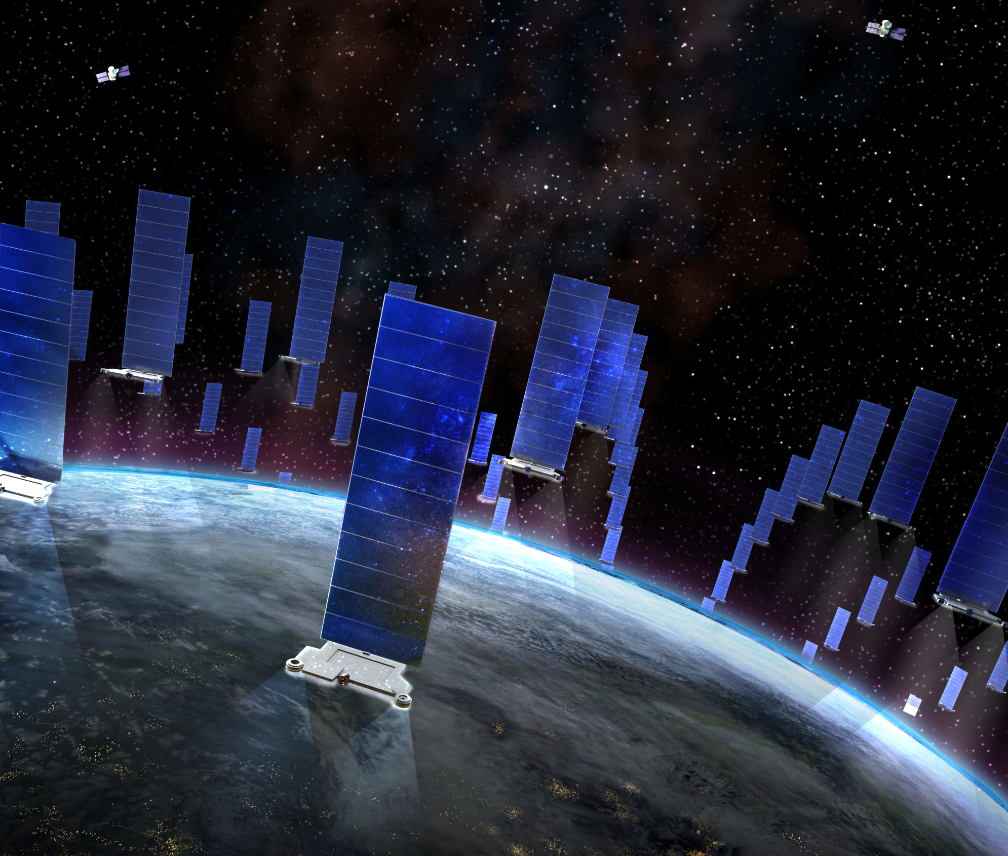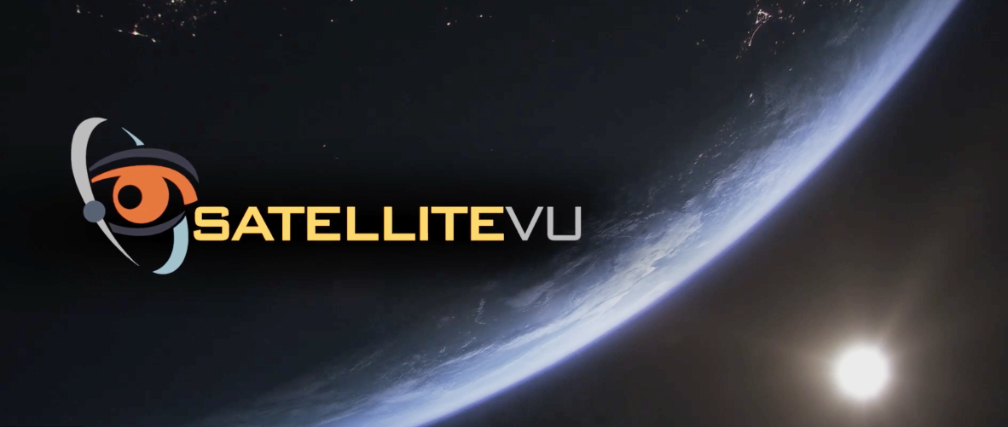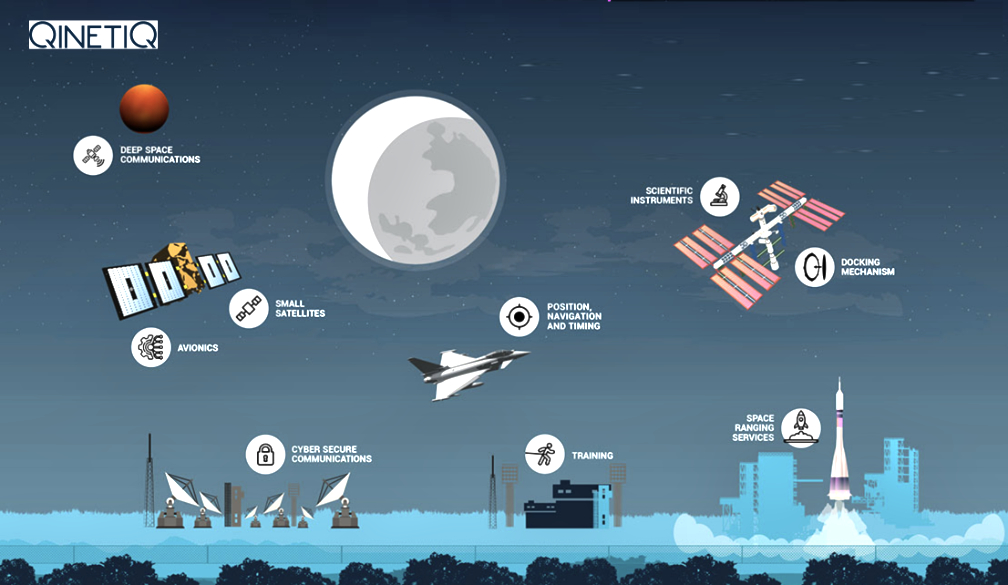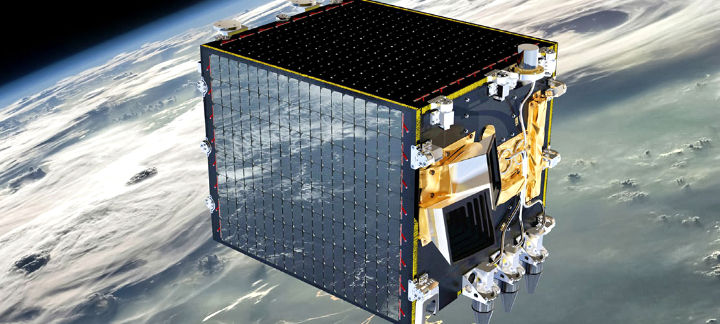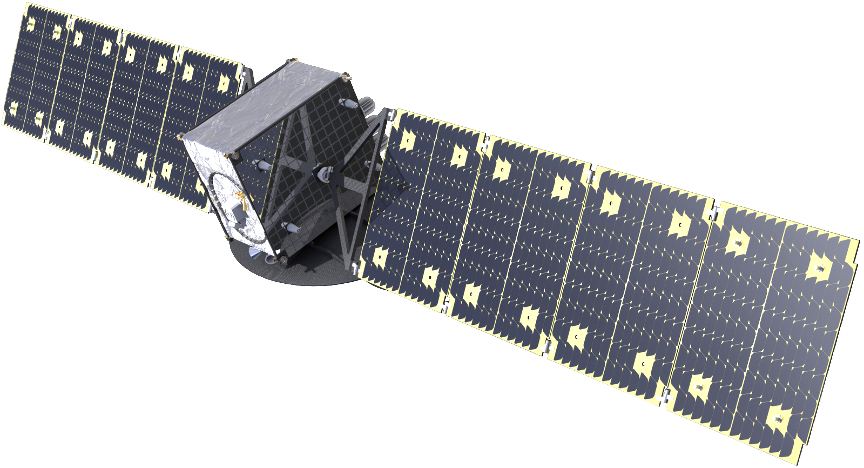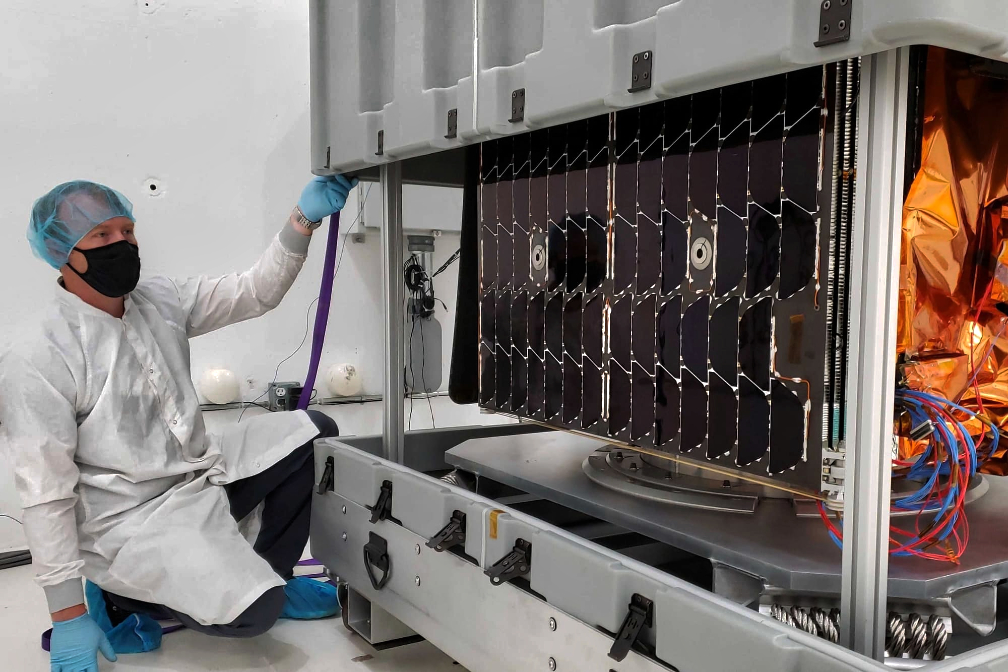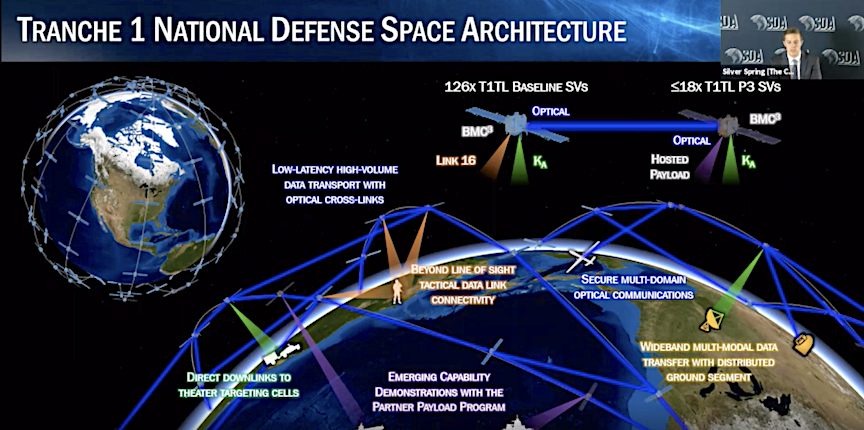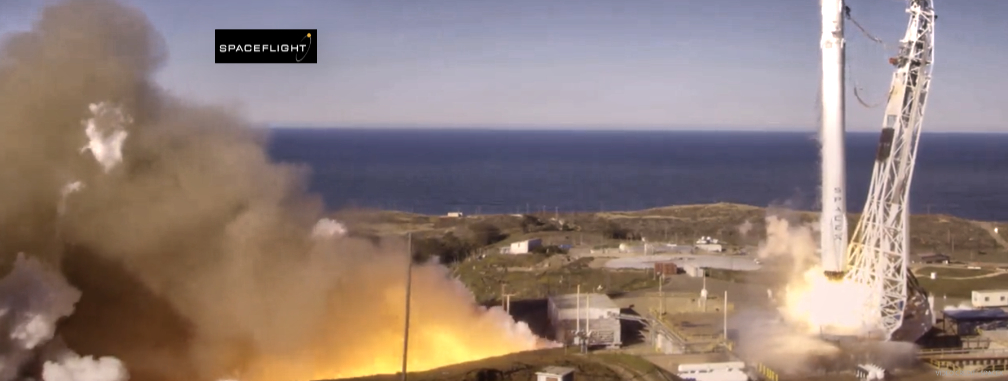
Spaceflight Inc. has initiated an extended multi-launch agreement (MLA) with long-time customer and Internet of Things (IoT) constellation developer, Astrocast. This agreement will add two missions to accommodate Astrocast’s fast-growing IoT constellation which helps track assets in some of the world’s most remote regions.
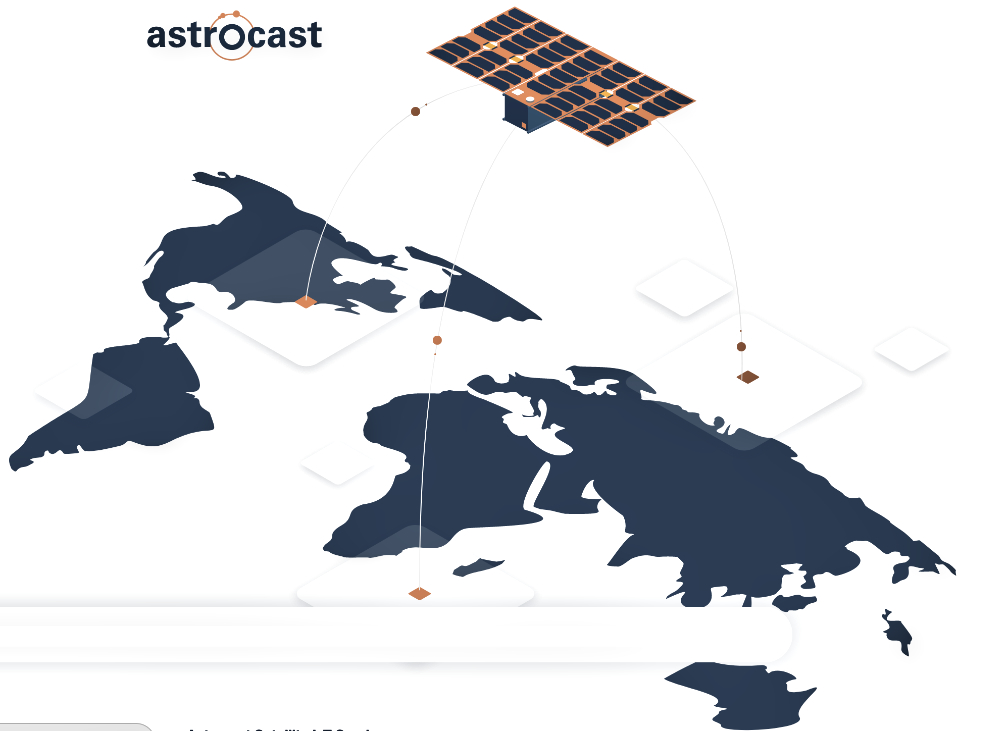
In February of 2020, Astrocast and Spaceflight signed an MLA for the launch of 10 additional IoT smallsats, representing the sixth launch booked with Spaceflight. In total, Spaceflight is now set to launch a majority of the satellites that will complete the Astrocast IoT Nanosatellite Network.
Spaceflight has already managed the successful launch of 10 Astrocast spacecraft, including demonstration models on Spaceflight’s historic SSO-A mission in 2018 and PSLV-C45 in 2019. The companies most recently partnered and successfully launched an additional five smallsats on Spaceflight’s SXRS-5 in January of 2021.
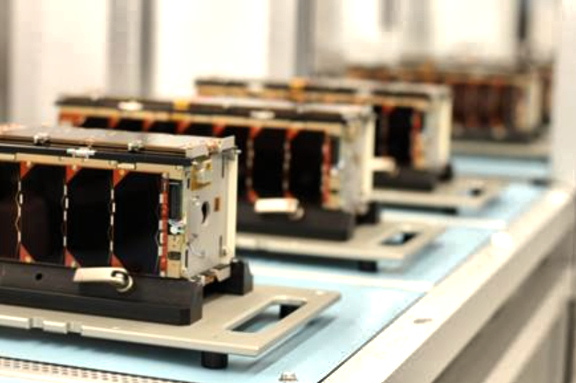
The uniqueness of Astrocast’s constellation lies in a very low signal and small antenna and terminal with long battery life. The small size lets the company put the terminal on everything from fishing buoys to animals. For example, Astrocast is helping its customers track illegal fishing, endangered animal species, and heavy machinery in remote locations. By default, IoT solutions implemented in many of these situations are deployed in remote locations – from mines to farmland, ships to oil platforms. Astrocast’s solution minimizes the need for human intervention and repair, wherever possible, safeguarding the business case.
2022 promises to be a year of unprecedented innovation and leadership for Spaceflight, with approximately 20 planned missions across its diverse portfolio of launch vehicle partners. In January 2022, NASA named Spaceflight to provide launch services for the agency’s Venture-Class Acquisition of Dedicated and Rideshare (VADR) missions. The company also successfully executed its first launch with Astra last week and plans to debut the next two variations of its Sherpa OTV family with its much-anticipated quarter lunar slingshot mission, GEO Pathfinder.
“Flexibility is a key differentiator going forward,” said Astrocast CFO, Kjell Karlsen. “Spaceflight has already demonstrated their flexibility in launch timing and availability across multiple vehicles in our existing contract. Assured access to space is critical for Astrocast to grow our constellation and we’re looking forward to working with Spaceflight to continue to efficiently build out our constellation in orbit.”
“We’re pleased to expand our relationship with Astrocast,” said Curt Blake, president and CEO of Spaceflight. “Having a portfolio of launch options and the expertise to move quickly to accommodate changes is something we’re very proud of, and one that fast-growing constellation builders like Astrocast rely on.”

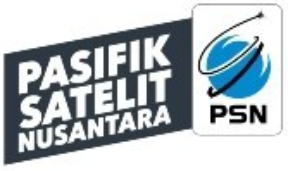
 System Series 3 ground components will afford PSN the scalability, management simplicity and operational efficiency to implement and manage a high-quality satellite internet service under the BAKTI initiative to bridge the digital divide, a program for which our JUPITER System is a cornerstone.“
System Series 3 ground components will afford PSN the scalability, management simplicity and operational efficiency to implement and manage a high-quality satellite internet service under the BAKTI initiative to bridge the digital divide, a program for which our JUPITER System is a cornerstone.“


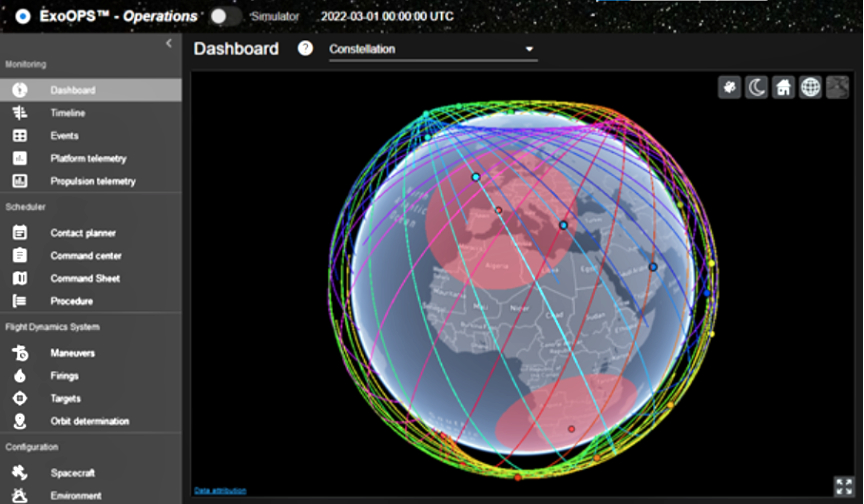
 software suite, dedicated to mission simulation and constellation operations.”
software suite, dedicated to mission simulation and constellation operations.”